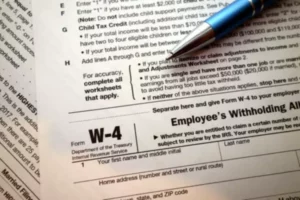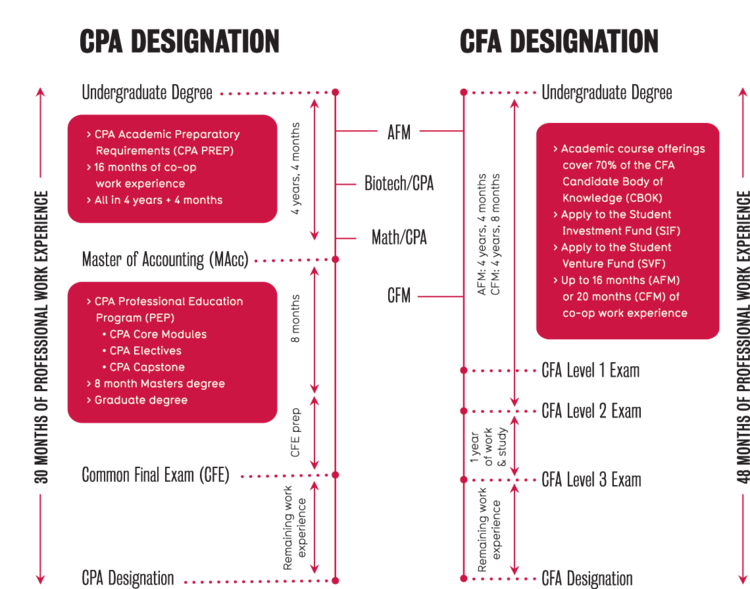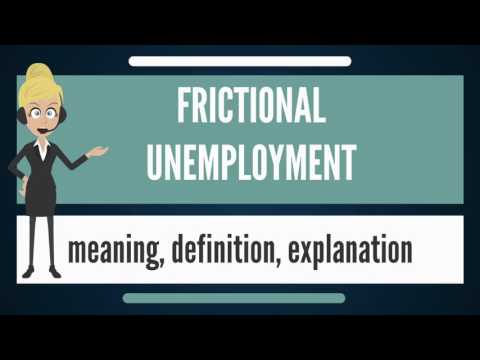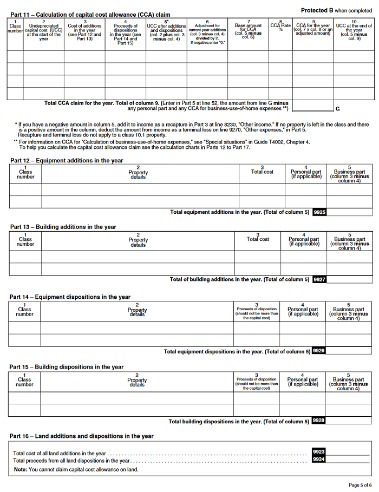Content
To be taken to our list of free bookkeeping and accounting tutorials. With headquarters in Colorado, the U.S Career Institute was founded in 1981 and offers more than 25 career certificates across different industries, from healthcare to business. Founded in 1890 by Thomas J. Foster, Penn Foster College has been offering online classes since 2006 and is an accredited entity by the DEAC.
- Learn how to keep your business’s finances organised as you work through the weekly modules of this online short course.
- Through our partner schools Penn Foster Career School and Penn Foster College, students can take advantage of a range of related programs that offer the flexibility and affordability of Ashworth College.
- They allow bookkeepers and other professionals to sharpen their skills, test their knowledge and demonstrate proficiency in various accounting subjects.
- You can learn more about the standards we follow in producing accurate, unbiased content in oureditorial policy.
- FreshBooks is a commonly used software among freelancers and small business owners.
Consider Harvard Business, which offers an eight-week-long Financial Accounting course that’ll take you from the basics of balance sheets all the way to valuing a new investment opportunity. Over 110 million people have signed up for courses and over 125,000 students have enrolled in this specific bookkeeping course. Whether you’re a freelancer or small business owner, this simple course provides a great introduction to keeping track of basic expenses and revenue. You’ll learn the differences between cash basis accounting and accrual accounting, and how to determine which is best for your business. Simcox finishes by discussing the basics of categorizing transactions and organizing documents.
Explore bookkeeping jobs
Please note that GL Academy provides only a small part of the learning content of Great Learning. For the complete Program experience with career assistance of GL Excelerate and dedicated mentorship, our Program will be the best fit for you. Please feel free to reach out to your Learning retail accounting Consultant in case of any questions. Is an online platform that offers courses by top instructors from world-class universities and companies. There are a host of free courses that give you access to on-demand video lectures, homework exercises, and community discussion forums.
Every business can benefit from having a bookkeeping professional or someone who understands bookkeeping fundamentals. Learning bookkeeping is a good idea for anyone with a business, even if your primary goal is not becoming a professional bookkeeper. We allow you up to one year from the date of your enrollment to graduate from your Bookkeeping course online. A self-paced, flexible study schedule is one of the many advantages of pursuing your education at Ashworth College. Whatever your situation, we’re here to guide you through the process and answer any questions you have. The ideal way to graduate, prep for college, qualify for a better job, or finish what you started.
Free Management Courses >
You’ll learn to calculate EBIT and EBITDA, and how to judge an organization’s profitability compared to similar companies. There are even sections on due diligence and how to identify when a company is manipulating its sales data. Unlike some other self-paced courses, which are quite short and simple, Accounting Essentials is expected to take about 10.5 hours and includes 73 practical Excel exercises. The price includes lifetime access so you can take your time and come back to the material whenever you’d like. Financial Edge offers direct instructor help for students as well, so you can ask questions if you get stuck.
- Whether you’re a freelancer or small business owner, this simple course provides a great introduction to keeping track of basic expenses and revenue.
- Therefore, the length of the course is determined by the time you dedicate to the course and your understanding of bookkeeping and accounting.
- Alison hosts a variety of free accounting and bookkeeping video training courses, including courses on sales and purchases, basics of accounting, payroll basics, and software.
- Any individual visiting the Hofstra campus or attending on-campus programs or camps will be required to follow all such rules and University policies relating to health and safety.
- From tuition to transfer credits, everything you need to know to get started at Ashworth College.
- Yes, once you enroll in the course, you will have lifetime access, where you can log in and learn whenever you want to.
Your Guide to Growing a Business The tools and resources you need to take your business to the next level. Our Introduction to https://www.good-name.org/how-accounting-services-can-help-real-estate-companies-optimize-their-finances/ is the ideal starting point for future business leaders, accountants and entrepreneurs. GetSmarter’s learning model is designed to help you, as a working professional, improve your skills without compromising on work and family responsibilities. Learn how to keep your business’s finances organised as you work through the weekly modules of this online short course. An understanding of the key concepts, principles, and processes underpinning effective bookkeeping.
Compare Classes
CFI courses offer practical skills, templates, and tools to enhance your accounting knowledge and are taught by professional Wall Street trainers who have been teaching for over twenty years. An online bookkeeping course can also prepare you to pursue a bookkeeping certification. Again, most employers don’t require bookkeepers to be officially certified. But it doesn’t hurt to have a certification, especially if you’re just starting out in your bookkeeping career.
Bookkeeping classes cover a wide range of topics, from understanding the different types of financial statements to knowing how to record financial transactions. This can range from Excel basics to more sophisticated accounting software programs that businesses use today, such as FreshBooks. This is a 13-hour video course that includes quizzes for each section to check your knowledge. You can complete everything on your own time and you don’t need prior experience in accounting. In the introduction we will cover a brief overview of the history of accounting and bookkeeping through the eras.
Master’s Degrees
We will cover the classification and presentation of these two key reports and then utilise these skills to create your own reports. After reading through the Accounting & Bookkeeping Series, I realized it covered exactly what I needed in order to help me do my job more effectively. Since the series had already started, I decided to take a couple of the individual classes, which were part of the series. From day one, I was impressed with not only the class, but the instructor, Mr. Hussain as well.









